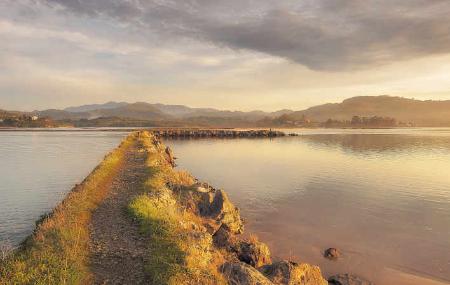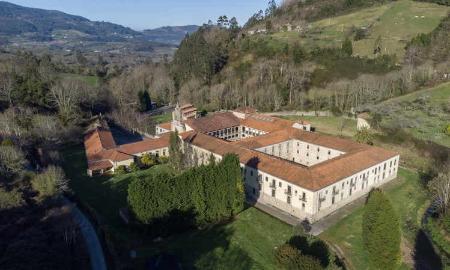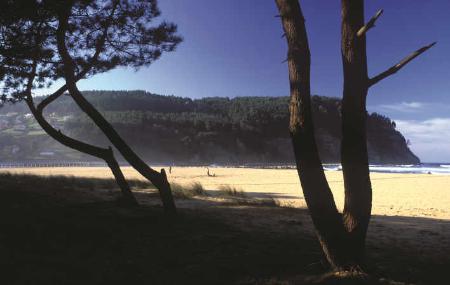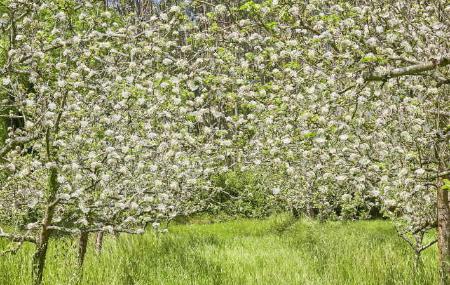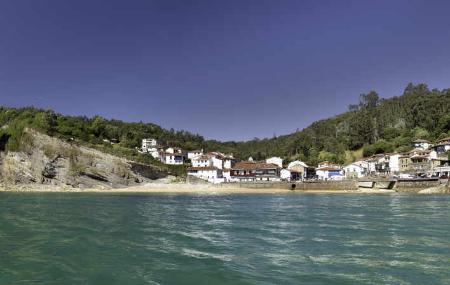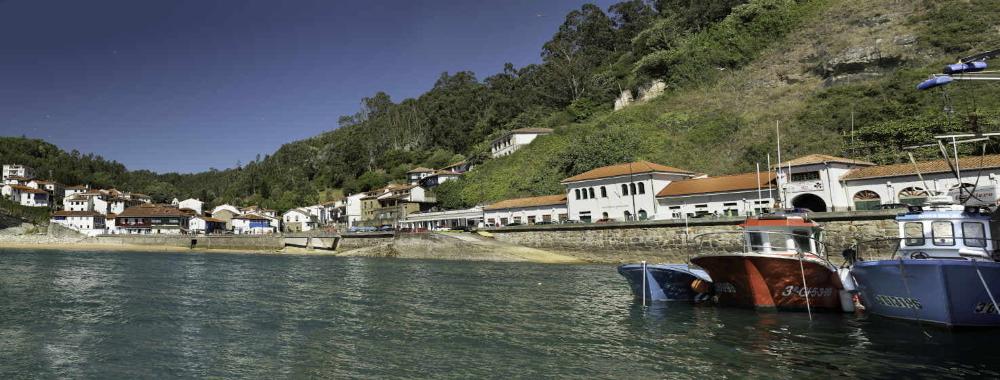
Villaviciosa
- Capital Capital: Villaviciosa
- Region: Comarca de la Sidra
- Contact Information
- Phone Phone: 985 891 759
- Email Email: turvilla@lacomarcadelasidra.com
- Site: Visit
- Street map: Download (PDF, 553 KB)
Images
Info
The meaning of its name is linked to the concept of fertility, and the truth is that this municipality lives up to the etymology of its name. A fertile land, watered by the largest estuary in Asturias, Villaviciosa is a place of pumaradas, something it celebrates every two years through its Apple Festival, declared a festival of regional tourist interest. It is also a place of tasty vegetable gardens, of good beans, of rich, quality cider, and if it is a question of the sea, in its historic port of Tazones - where Charles V disembarked when he first set foot on Spanish soil - you can taste the best seafood and fish from the Cantabrian Sea, in a fishing port atmosphere with its houses hanging over the sea, which give it a romantic and hidden atmosphere.
The capital of the council, Villaviciosa, home to one of the oldest Holy Weeks in Asturias, has a very pleasant historic quarter, where you can see palaces and emblazoned houses, and where you can see, for example, the Romanesque church of Santa María de la Oliva... because this municipality has interesting examples of Romanesque architecture, such as San Juan de Amandi or Santa María de Lugás, and of Pre-Romanesque architecture such as San Salvador de Valdediós, an impressive combination of church and monastery. Among the natural beauties, the Ría stands out, where you can go bird watching and observe the biodiversity and where you can also practise all kinds of nautical sports based in the Port of El Puntal and where it is common to see canoeing training sessions, due to the great tradition and quarry that there is in the area for this speciality. A trip along the estuary takes us to the pontoons of the El Gaitero cider factory, one of the oldest in Asturias and which, along with many other wineries (Llagares) in the municipality, is open to visitors. Rodiles beach - a surfing icon -, the village of Sietes with its old granaries, or the Camino de Santiago, are other places of interest for tourists visiting this corner of the Cider Region.
Population: 14,962 inhabitants
Surface area: 276,23 km2
Weekly market: Wednesday
What to see
- Villaviciosa or the charm of the landscapes that Charles V contemplated.
- Historic centres of Villaviciosa and Tazones.
- Villaviciosa Estuary and Rodiles Beach.
- Monumental complex of Valdediós.
- Azabache and Profundu river hiking routes.
How to get here
First Name: Villaviciosa
GPS: 43.4817214,-5.4355748
Capital: Villaviciosa

